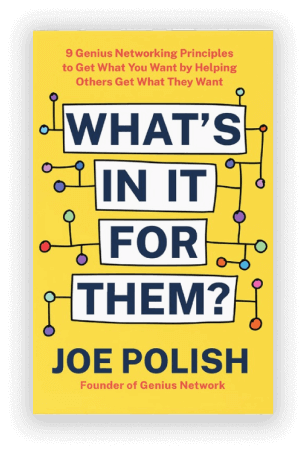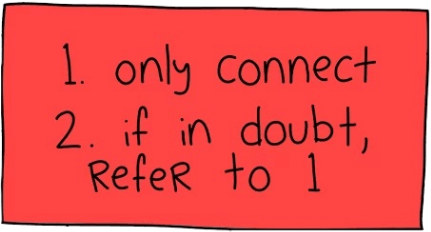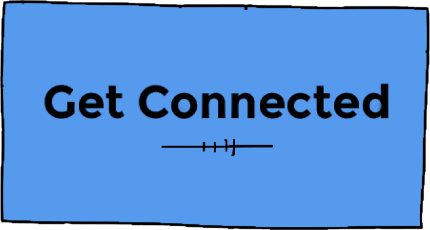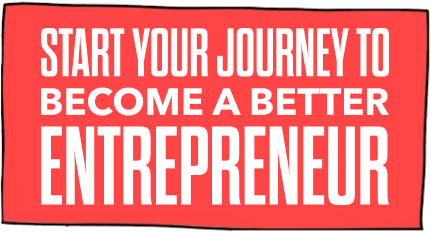Hooked: How to Build Habit Forming Products With Nir Eyal
Episode Summary
In this Episode, you’ll Discover How to Build Habit Forming Products, How To Manufacture Desire and Engagement and more with Nir Eyal.
Nir Eyal is a best selling author and writes, consults, and teaches about the intersection of psychology, technology, and business. He’s the founder of two tech companies, an active investor in habit forming technologies, and taught at the Stanford Graduate School of Business and the Hasso Plattner Institute of Design at Stanford.
Recorded Live from the Genius Network Annual Event
If you would like access to the full feature video presentation, the special resources, and show notes for this episode, please visit GeniusNetwork.com/18 – that’s GeniusNetwork.com/18
Here’s a glance at what you’ll learn from Nir in this episode:
- How Twitter, Instagram and Facebook build addictive products and services
- Nir explains the 4 steps you need to build habit-forming products
- How to get people so hooked on your product that they won’t stop using it even if a “better” product comes along
- Put these 3 types of rewards into your products to make them irresistible
- The Power Of The Unknown: How to manufacture desire and engagement”
WHAT'S IN IT FOR THEM?
Get the first chapter for FREE and a limited-time viewing of "Connected: The Joe Polish Story"
Show Notes
- We’ve all seen how the products we use can have a profound impact on our day to day lives.
- Habits are things we do with little to no conscious thought. 40% of things you do every day are based on habits. (1:24)
- Companies use the “Hook” to get consumers to form habits. “The hook is an experience designed to connect the consumer’s problem with the company’s product with enough frequency to form a habit.” (1:50)
- “It is through successive cycles through these hooks that customer preferences are shaped, that our tastes are formed, and that these habits take hold. “(2:04)
- “Hooks have 4 basic steps; a trigger, an action, a reward, and an Investment.” (2:15)
- Triggers
- External triggers are something that tells us what to do next, like “buy now”, “click here”. (2:20)
- Internal triggers are things that tell the user what to do next, but where the information for what to do is stored as a memory or an association inside the user’s head. (2:46)
- Negative emotions are the most powerful triggers. “People suffering from depression check email more.” (3:40)
- Action
- The simplest behavior done in anticipation of a reward. It’s as easy as scroll on pinterest, pushing play on youtube. (4:50)
- B.J. Fogg’s rule of behavior: When there is sufficient motivation + sufficient ability + a trigger = predictable behavior. Every action requires these three things. (5:45)
- “The easier something is to do, the more likely we are to do it.” (6:15)
- Reward starts in the brain. How do we manufacture desire? The unknown is fascinating. B.F. Skinner says a variable reward causes increased focus and engagement. (6:26) Three types of rewards:
- Rewards of the tribe come from other people – social media.(8:05)
- Rewards of the hunt: having to do with the search for resources or information – slot machines, online feeds, twitter. (8:29)
- Rewards of the self: things that feel good, but don’t come from other people or have information attached. Things that are intrinsically pleasurable such as search for mastery, consistency, competency and control – Game play, Candy Crush, email, todo list, app notifications. (9:26)
- Investment is something the user does to bring themselves back. Increases the likelihood of the next pass through the hook through storing value. (10:40)
- Habit forming products appreciate in value – they get better with use. Google drive, Mint, Pinterest, Twitter all get better the more you put into them or use them. (11:10)
- “ Reputation is a form of stored value that users can literally take to the bank.” (11:36)
- Reputation dictates what you can charge, makes it less likely that people will leave, EVEN if a better product comes along. (12:01)
- “It’s the product that can capture a monopoly of the mind that can hold on to the market.”(12:13)
- Key: How can we take the lessons from these “best of breed” companies to apply to our own businesses?“(13:30)
- ” I think that if we’re smart, we can apply these very same tactics to all our businesses; to help our customers and users live happier, healthier, more productive, more connected lives. (14:05)
- “I truly think that we can use habits for good.” (14:18)





